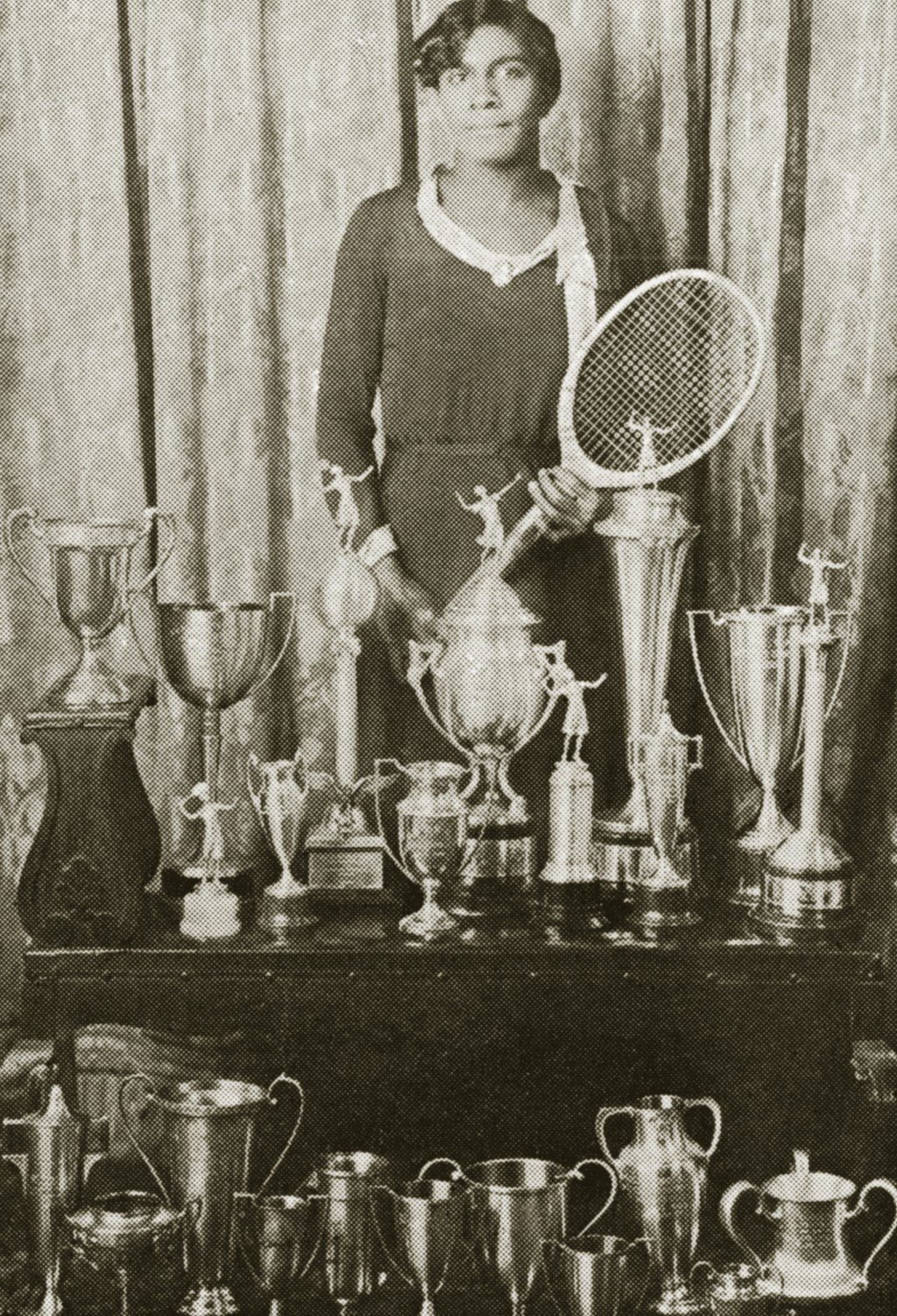
Photo courtesy of the International Tennis Hall of Fame.
Over the years, the sports world has witnessed and paid tribute to superstar athletes who stood head and shoulders above the peers of their generation. Ora Washington, who was 5-foot-7 and weighed about 130 pounds, didn’t exude the presence of an imposing superstar, but she carried immutable credentials, not just in one sport, but in two.
In the 1930s, Washington dominated the American Tennis Association (ATA) women’s competition, winning tournaments year-after-year by the dozens, including eight of nine ATA national women’s singles titles between 1929 and 1937. On the basketball court, she led two teams—the Germantown Hornets and the Philadelphia Tribune Girls—to 11 consecutive Colored Women’s World Championships during the same era. She was the Tribune’s center, leading scorer and coach.
The Black press documented Washington’s phenomenal achievements throughout her career in both sports, while the white media ignored her. In a 1988 New York Times commentary, Arthur Ashe noted that the white media “… never saw Ora Washington of Philadelphia, who may have been the best female athlete ever.”
After Washington won her third consecutive ATA national title, the Chicago Defender, wrote, “We don’t even recall (Washington) losing a set … Her superiority is so evident that her competitors are frequently beaten before the first ball crosses the net.”
The New York Age, one of the city’s Black newspapers compared Washington’s expected victories to those of heavyweight boxing champion Joe Louis. Both, the Age wrote, captured titles with “deadening monotony.”
Tennis historian and former pro Art Carrington said Washington was among the first crop of ATA players that really “didn’t have good strokes.” He said, “She didn’t have good technique, she hit some shots with jumping-jack moves. But she was a strong athlete.”
In his book, A Hard Road to Glory, Ashe described Washington’s style of play as “quite unorthodox … she held the racquet halfway up the handle and seldom took a full swing. But no woman had her foot speed, which she honed while playing basketball for the Philadelphia Tribune team. She clearly was the first Black female to dominate a sport. Lulu Ballard finally stopped her (ATA national title) winning streak in 1936.”
Like Allen Iverson, a fellow Philadelphia basketball superstar, Washington frowned on practice sessions. She once said, “I don’t believe in long warm-ups. I’d rather play from scratch and warm up as I went along.”
In a guest blog published in September 2018 by the University of North Carolina Press, independent historian Pamela Grundy provided a rare glimpse of Washington’s early life after some family members migrated north. Washington was one of nine children born to James and Laura Washington on a rural Caroline County, Virginia farm. Tough times caused by racism convinced Washington’s aunt, Mattie, to move to Philadelphia. A few years later, Washington joined her aunt.
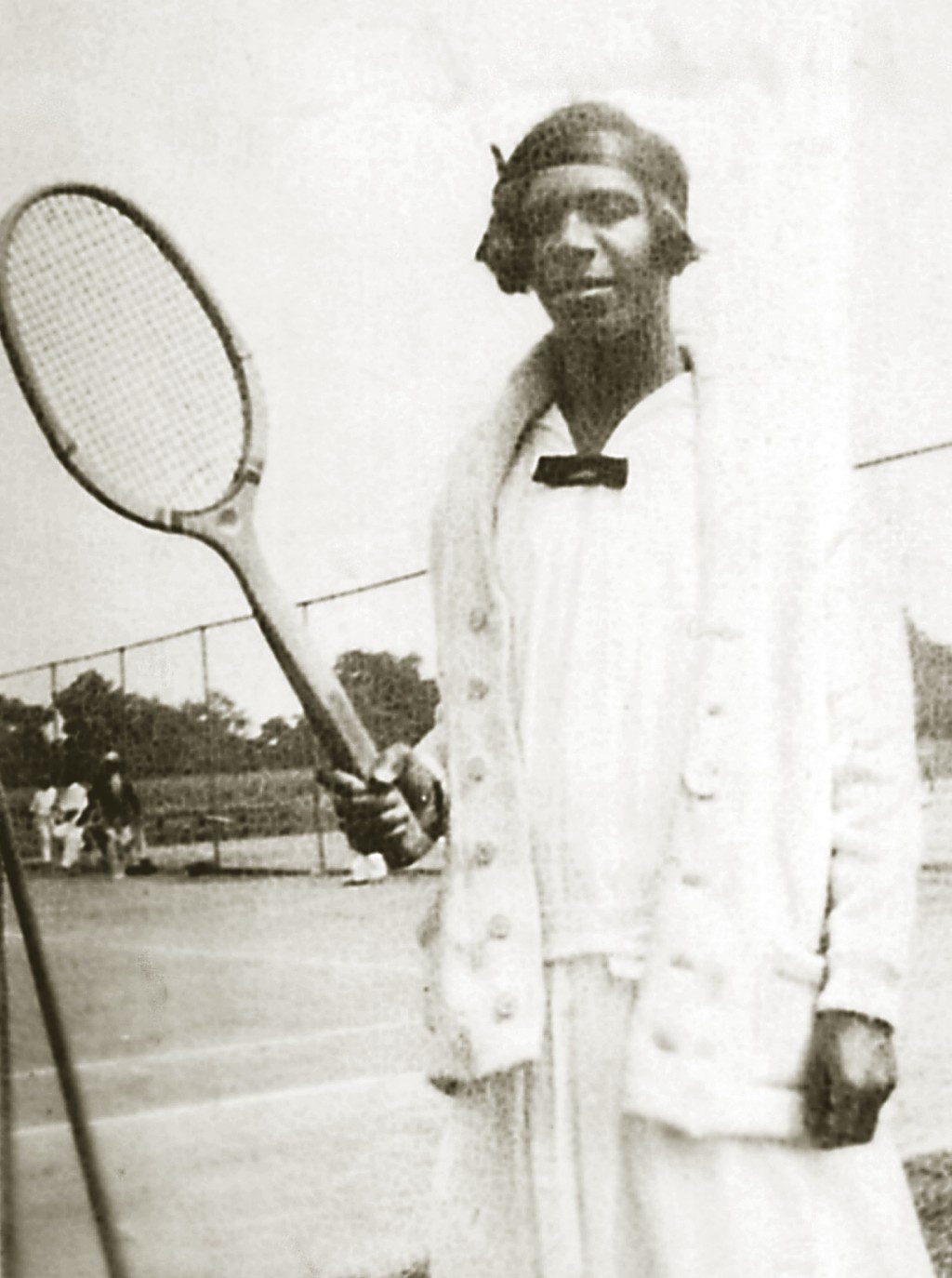
Photo courtesy of the International Tennis Hall of Fame.
“She found a job as a housekeeper for white families … joined the colored Young Women’s Christian Association (YWCA) in 1918, … picked up a tennis racquet sometime in 1924 … won her first national title in 1925, and quickly became the brightest star on the Black women’s tennis circuit,” Grundy wrote.
In addition to her eight ATA singles titles, Washington won 12 consecutive ATA women’s doubles titles from 1929-1940—eight with singles rival Lulu Ballard—and three ATA mixed doubles championships. At 40, she retired from singles after capturing her eighth ATA women’s national title. Eight years later, she retired from all doubles play after she and partner George Stewart, a seven-time ATA men’s singles champion, beat Dr. Robert ‘Whirlwind’ Johnson and Althea Gibson, a 17-year-old rising star, in the 1947 ATA mixed doubles final. In 1969, Johnson, one of Gibson’s benefactors, told Florida Today, that “Ora would have beaten Althea,” if she hadn’t retired.
Washington wanted desperately to test her talent against Helen Wills Moody, the USLTA’s top player, who won 19 major titles, the French Nationals (4), Wimbledon (8) and the U.S. Nationals (7) during the same era. The world’s best Black player versus the world’s best white player. Facing Moody was the itch she craved to scratch. But tennis’ powers-to-be wouldn’t relax the racial mores of the white world and Wills wouldn’t risk her status as the game’s best player.
Washington’s success did prompt members of President Franklin D. Roosevelt’s administration to make tennis more accessible to Black communities by funding New Deal projects that built public tennis courts in urban neighborhoods across the country. In retirement, she kept working as a housekeeper and coached juniors and young adults on public courts in Germantown, Pa., where she first learned to play.
When the ATA was founded in 1916, the Black tennis world consisted mostly of doctors, lawyers and business professionals. Washington kept close ties with friends and extended family, but rarely socialized with those in the Black business world. In 1939, Pittsburgh Courier columnist Randy Dixon wrote, “The land at large has never bowed at Ora’s shrine of accomplishment in the proper tempo. She committed the unpardonable sin of being a plain person with no flair whatever for what folks love to call society.”
The recognition and accolades she deserved came after her death in 1971, including induction into Black Athletes Hall of Fame (1976);induction into Temple University’s Sports Hall of Fame (1986); a historical marker erected in her hometown, Philadelphia (2004); induction into Black Tennis Hall of Fame (2009); induction into Women’s Basketball Hall of Fame (2009); induction into Naismith Memorial Women’s Basketball Hall of Fame (2018); and New York Times recognition in its special ‘Overlooked No More’ obituary section. (2022)
“She traveled farther and achieved more than anyone could have imagined for an African-American farm girl making her own way at the inauspicious start of the twentieth century,” Grundy said. “Bringing her back into the public eye not only honors her athletic achievements, it reminds us of the courage and determination that remain to be discovered in so many corners of our nation’s history.”
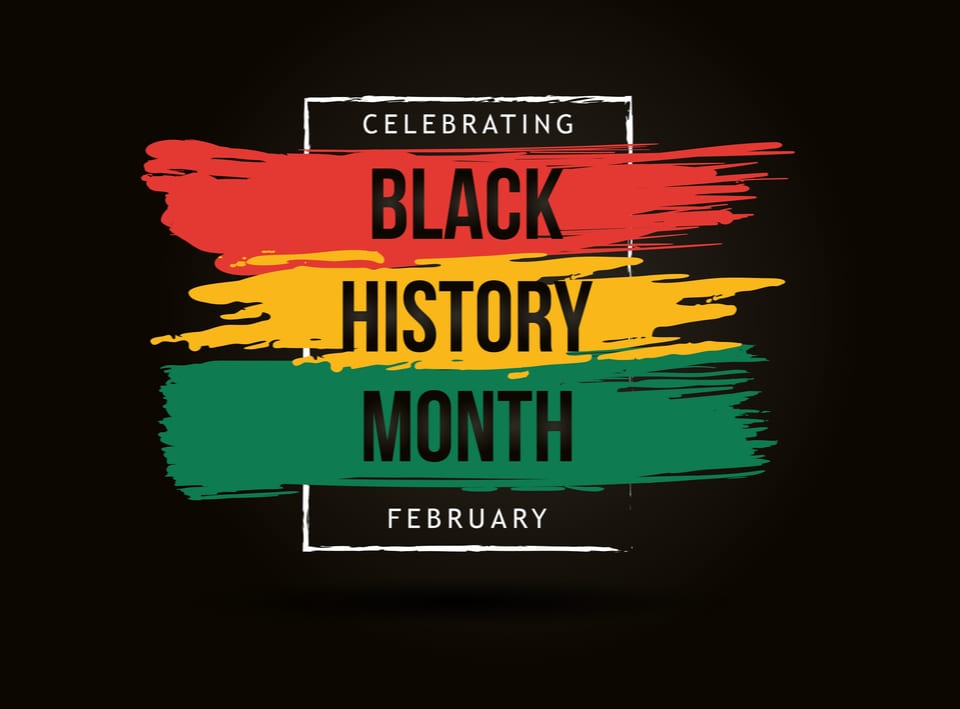
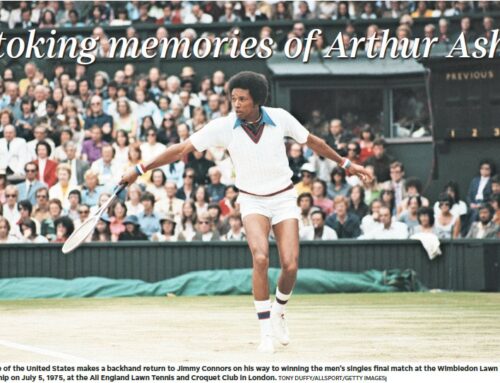
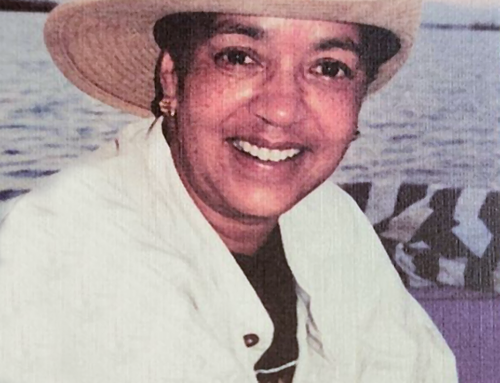


Great article. I did not know about her.